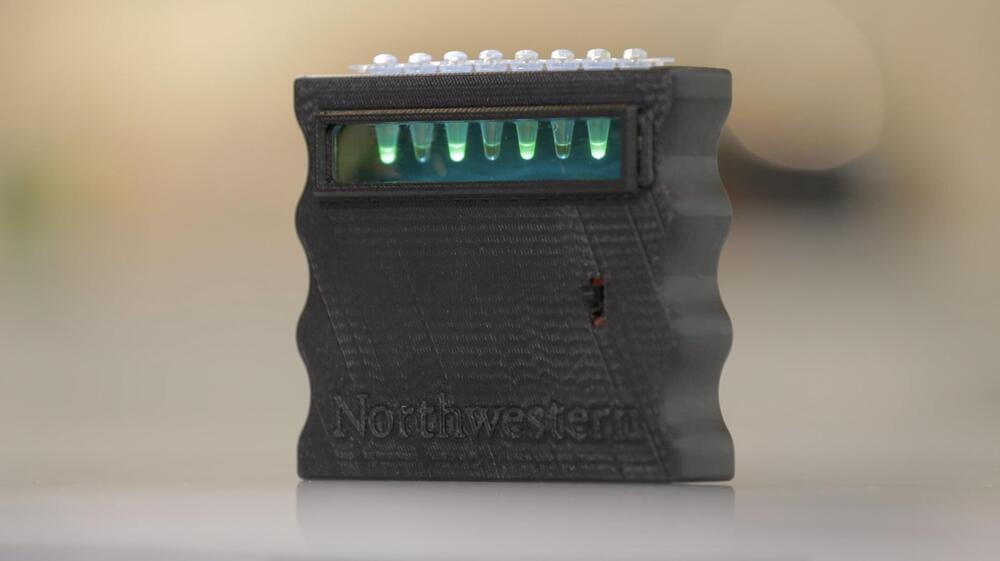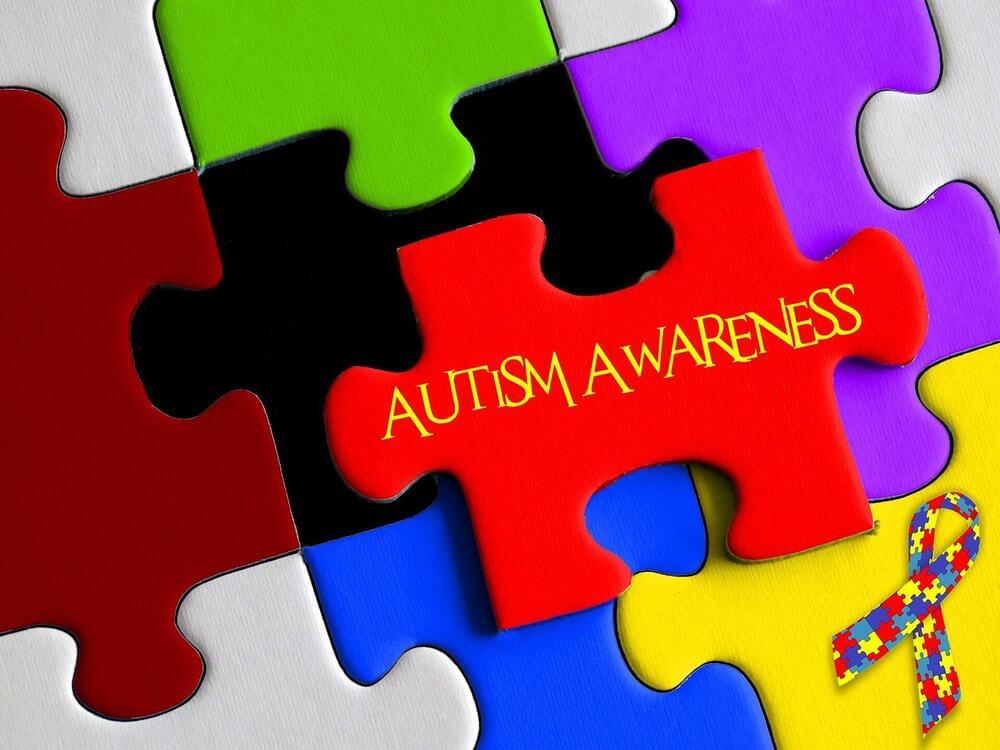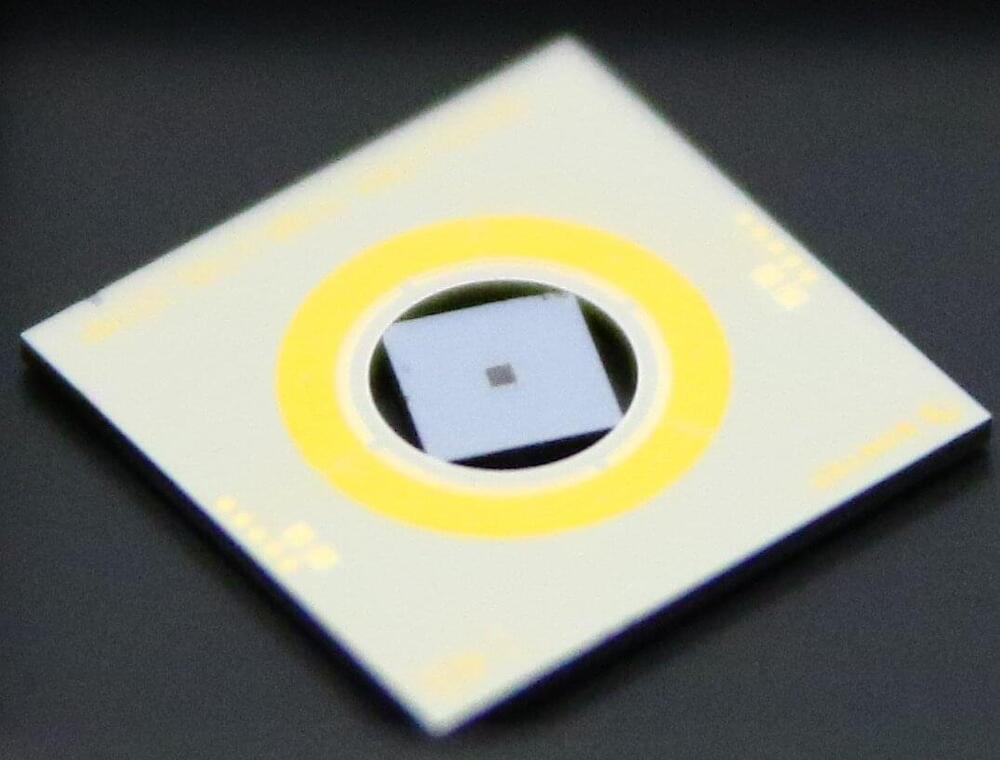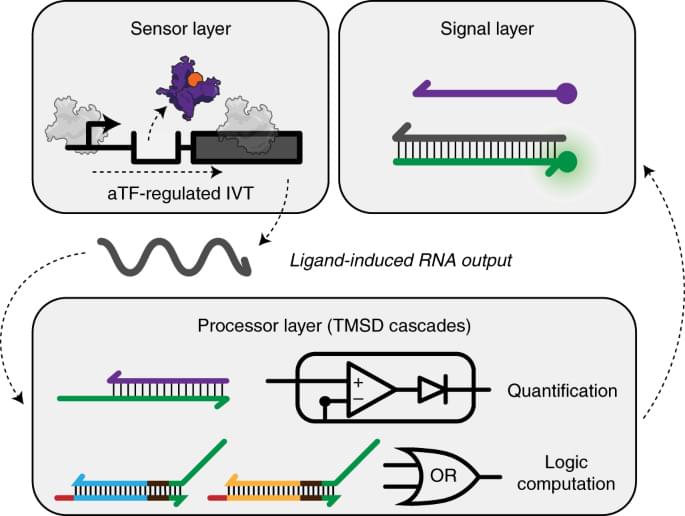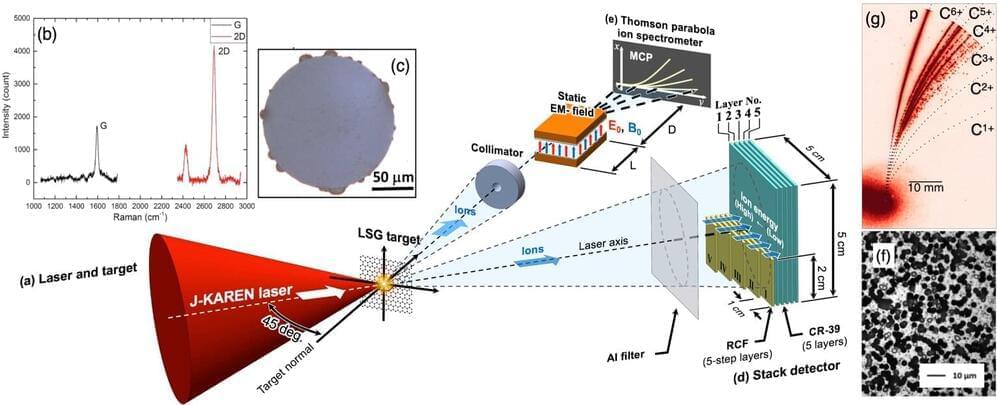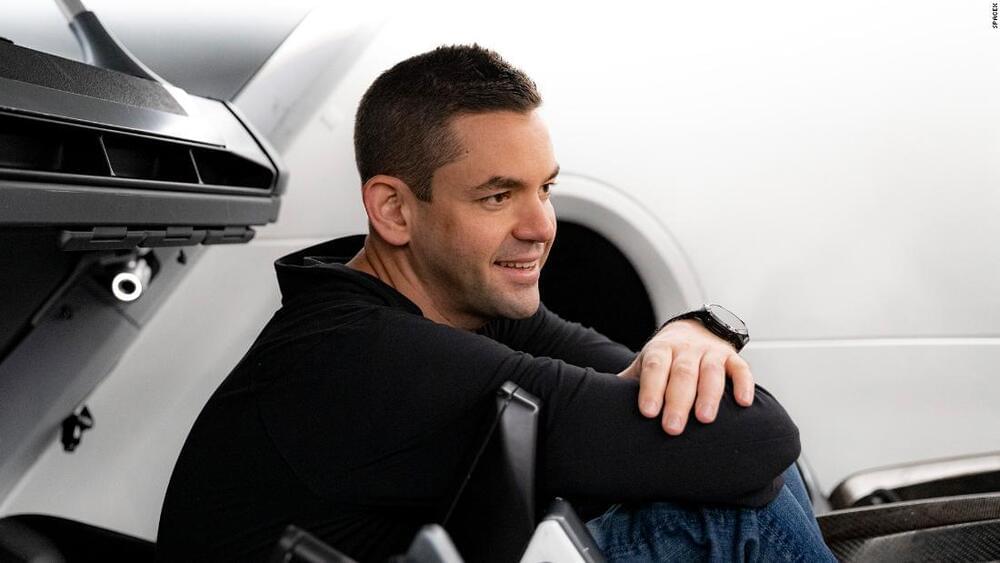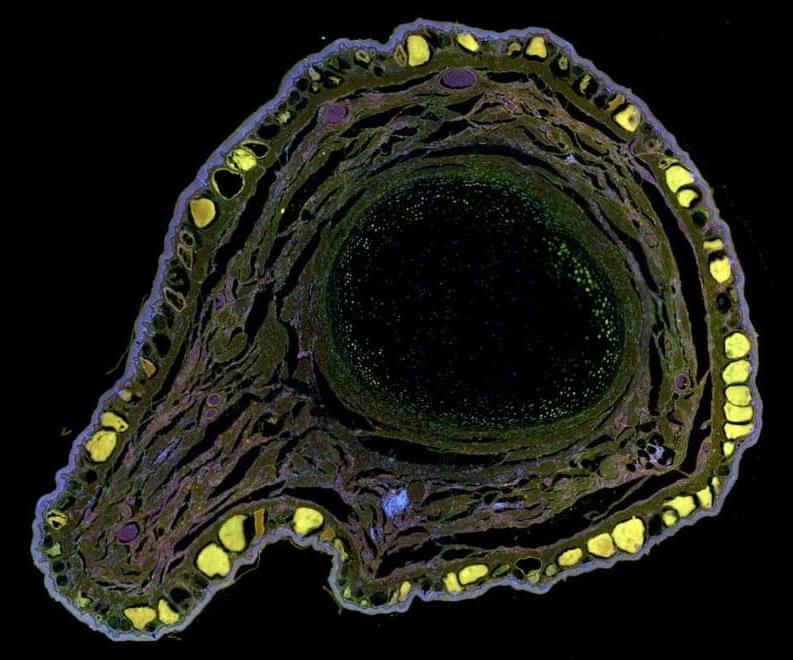Before the pandemic started (ah, those glorious days…) a collective panic was mounting over automation and robots gradually replacing workers in various fields, or “stealing our jobs,” as the common refrain went. These worries haven’t subsided two years later, but they’re being countered by severe and largely unexpected labor shortages across multiple sectors of the economy. One of the industries that’s struggling most is restaurants. While we may still encounter automation-related unemployment problems down the road, right now it seems robots are lending a much-needed hand in food service.
One of these robots is none other than Flippy, initially debuted in 2017 to flip burgers at a California fast food chain. Since then Miso Robotics, Flippy’s maker, has expanded the bot’s capabilities, creating a version that can cook chicken wings, fries, and other greasy delights. This week also brought a significant expansion to Flippy’s presence as White Castle announced plans to install the robot at more than 100 restaurants this year.
White Castle was the first restaurant chain to significantly invest in Flippy, piloting the robotic assistant in 2020. The chain gave feedback about the robot to Miso, and the company put out a second iteration called Flippy 2 last November. This new robot can independently do the work of an entire fry station: its AI-enabled vision identifies foods, picks them up, and cooks them in fry baskets designated for that food specifically. The bot then moves cooked items to a hot-holding area.
